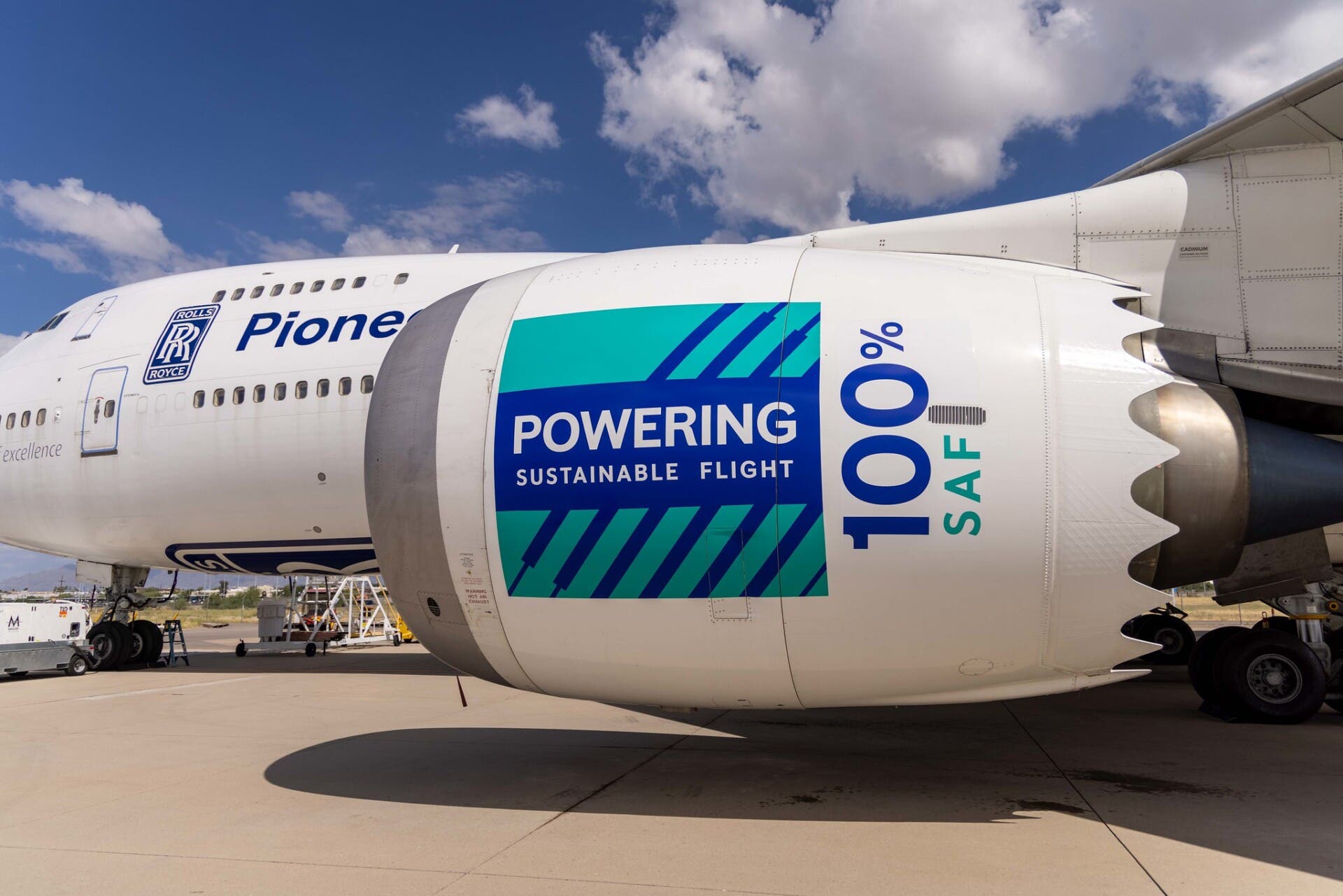While not seen as the definitive future of aviation, sustainable aviation fuel certainly has a role to play in the meantime. Airlines worldwide are slowly beginning to adopt such fuels, though several challenges and hurdles remain along the way.
All see positive results
Aircraft manufacturer Airbus has been working with several parties to measure the safety and effectiveness of sustainable fuel. Initially, Airbus worked with Rolls-Royce, powering the A350’s XWB engines with 100% SAF from Neste on the ground. Rolls-Royce is currently aiming to certify its entire Trent engine lineup on sustainable fuels by 2023.
The exercise proved that the engines could run on sustainable fuels, but it failed to show how well they would perform compared to fossil fuels when used in active service.

One way to analyze engine performance at altitude is to measure what comes out of the back of the jet. This is precisely what Airbus did in partnership with the DLR, a German research institute. Airbus flew one of its A350s on 100% sustainable fuel. Then, flying around 100 meters behind the A350 was a Falcon aircraft operated by the DLR.
The Falcon aircraft wasn’t just there to take pretty pictures behind an A350. Instead, the jet was rigged with multiple probes. Flying behind the A350, the small plane was measuring exactly what came out of the Trent XWB engines and feeding that data directly into the test analysis.
As the testing and analysis are ongoing, Airbus hasn’t been able to reveal the exact results of the test program. However, the European planemaker did reveal that things are looking promising.
The current problems with SAFs
At the recent Dubai Airshow, Simple Flying caught up with Ewan McDonald, the Chief Customer Officer of Rolls-Royce’s commercial division. McDonald outlined some of the issues the engine manufacturer sees with SAFs,
“With SAFs the challenges there are twofold. One is the capacity to make SAF… Growing, the amount of SAF is really important, and growing it the right way… it is really important that in the future, you don’t have a conflict with foodstuff or deforestation. So the SAF of the future has to be synthetic SAF to really, truly be green, and not compete in these different areas.

On the second issue, McDonald added, “The second part of that is economic factors… So again, it’s part of the same solution that you have to grow that capacity so you get the economic scale in there.”
Cre: Simple Flying
Nguyen Mai Huong-COMM










